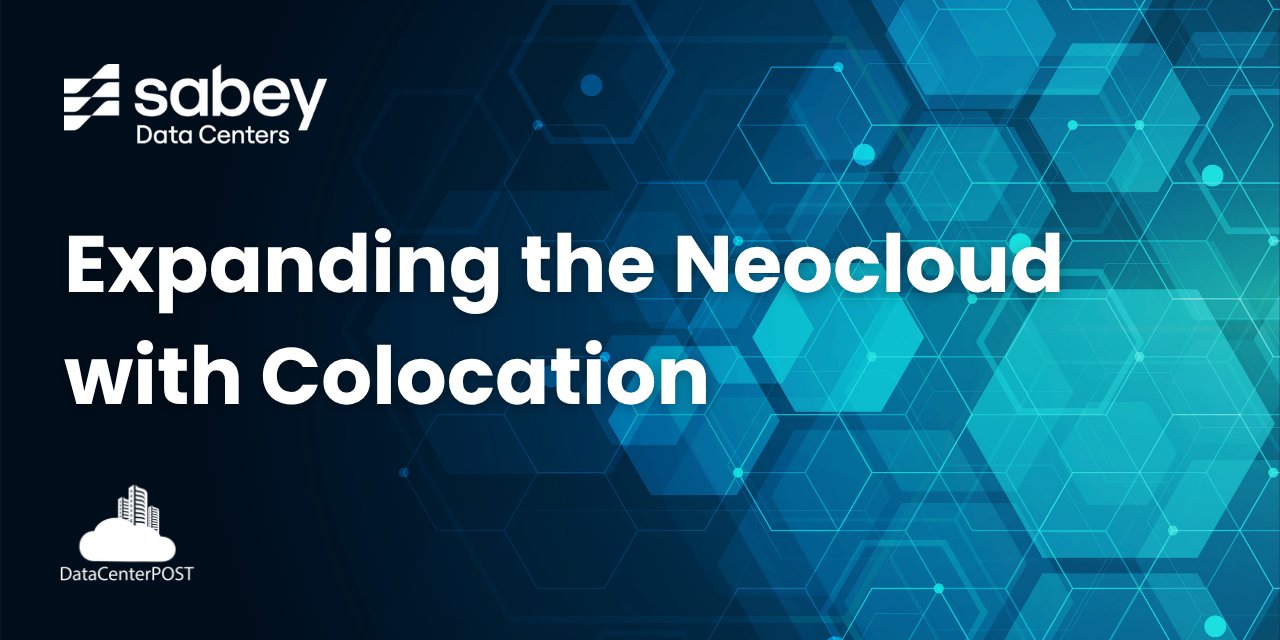Originally posted on Sabey Data Centers.
While hyperscale platforms continue to dominate the cloud landscape, a new class of providers, known as emerging hyperscalers, often referred to as “neoclouds”, are showing up as specialized players in the AI and HPC ecosystem. Unlike traditional hyperscalers, which serve broad, general-purpose workloads, emerging hyperscalers focus on delivering environments optimized for GPU performance, high bandwidth and rapid scalability. Purpose-built to support artificial intelligence (AI) and high-performance computing (HPC), emerging hyperscalers specialize in providing access to powerful GPUs—the engines behind generative AI, large-scale model training and fast compute-intensive workloads.
For emerging hyperscalers, success often depends on the ability to scale rapidly, operate reliably and differentiate through performance. Achieving those goals requires a physical infrastructure foundation that is both robust and adaptable. With decades of experience and a track record of delivering high-performance, sustainable colocation environments, Sabey Data Centers offers a strategic partner for emerging hyperscalers looking to build smarter, more agile platforms.
The Ideal Infrastructure for Emerging Hyperscalers
Training large-scale machine learning models, supporting generative AI and running HPC workloads all put extraordinary demands on infrastructure. GPUs run hot and dense, requiring advanced cooling, resilient power supply and careful operational management. Neoclouds must balance these technical hurdles while also remaining nimble in their growth strategies.
With massive GPU horsepower concentrated within relatively small footprints, density requirements are a core challenge for emerging hyperscale deployments. As AI demand continues to surge, operators require access to flexible real estate and power options. By aligning early in the design phase, Sabey can solve for rack density and cooling challenges with solutions that provide clear line of sight to space and power. In addition, emerging hyperscalers compete by offering agility, transparent infrastructure and cost efficiency, which makes physical infrastructure partnerships even more critical. Enterprises adopting GPU-intensive workloads may be simultaneously adopting sustainability measures, leading them to seek greener solutions for their AI infrastructure.
To continue reading, please click here.


